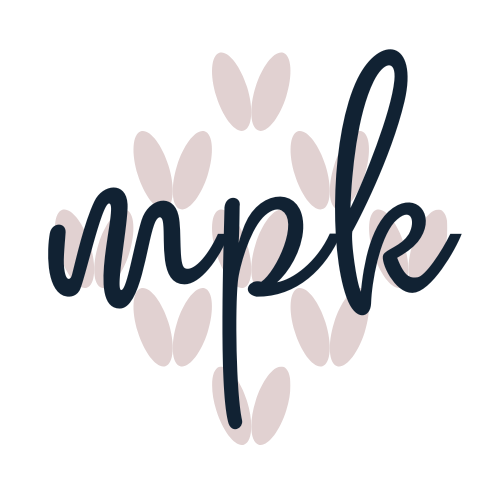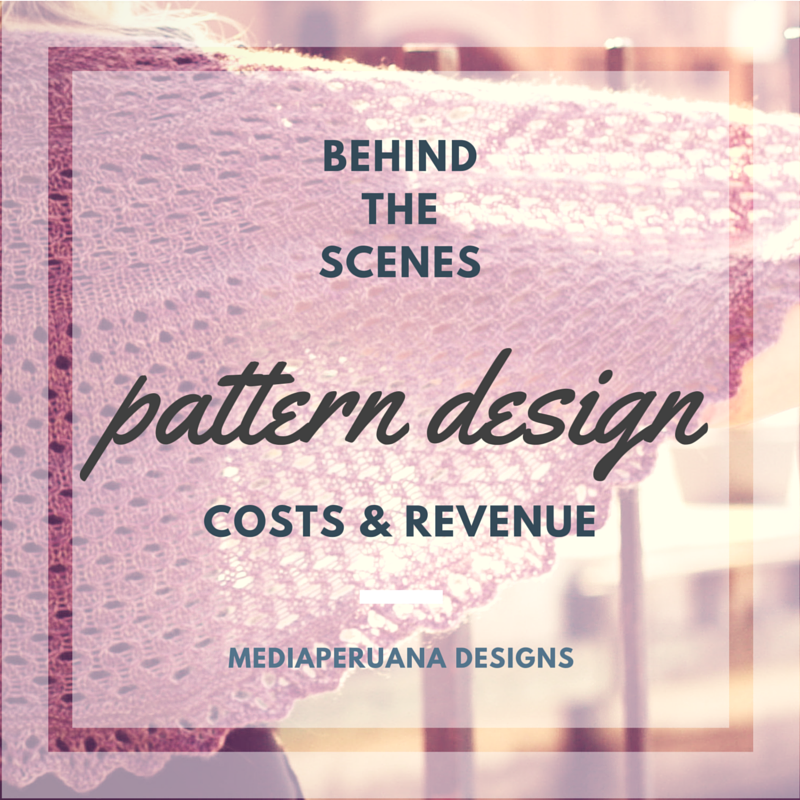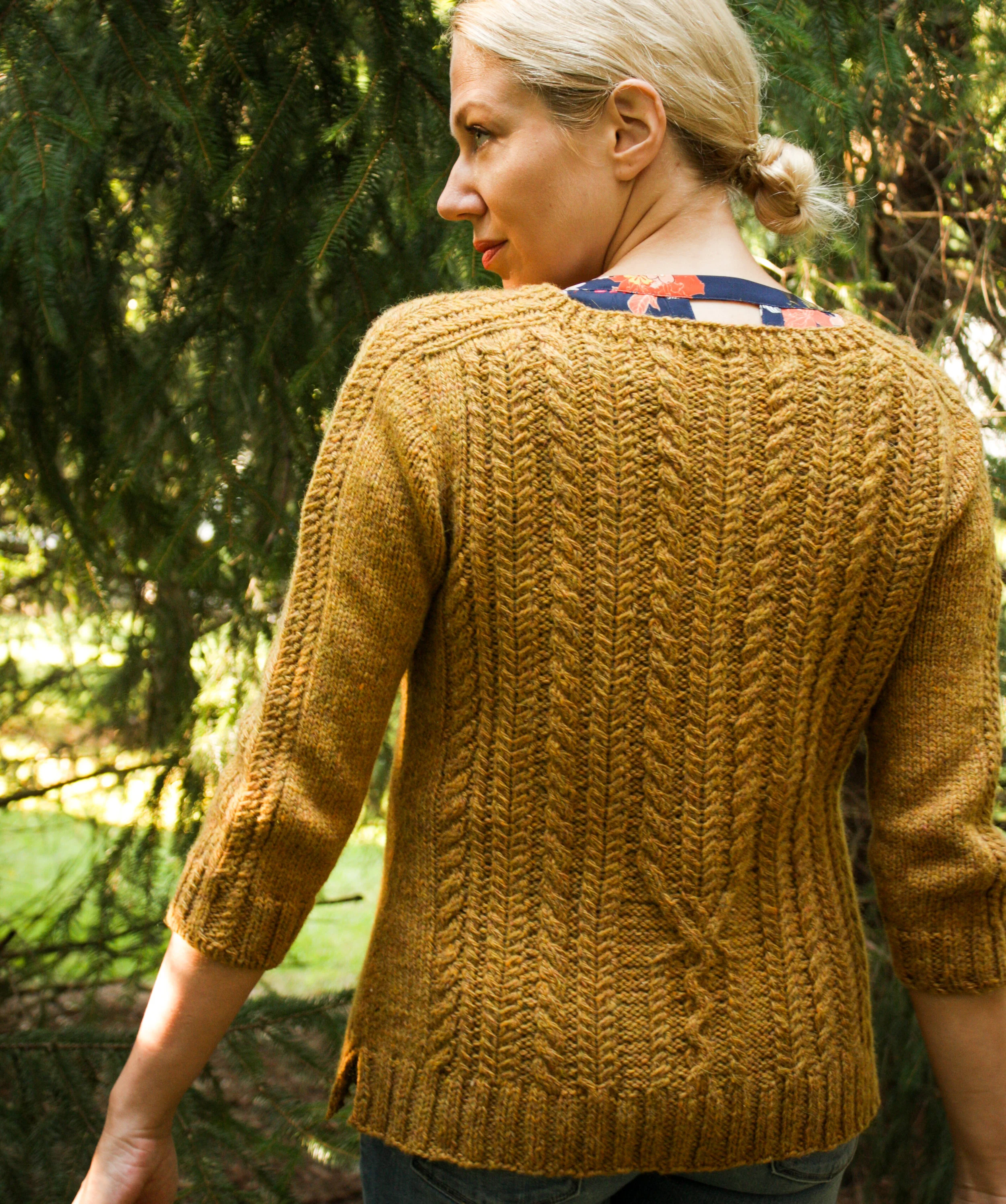Behind the Scenes: Costs and Revenue in Knitting Pattern Design
In today's final post in the behind-the-scenes of pattern design series, I'll be sharing some information about the financial side of the business. As with any business, this can be a sensitive area, but as consumers of the product, I believe knitters should have some general knowledge of what designers are putting into the business and what they're getting out of it. It may surprise you!
To better understand this issue, it's helpful to get a rough idea of how many hours of work go into producing a single knitting pattern for self-publication. I want to emphasize that there are no hard and fast number--every designer has a different process and works at a different pace--but let's work through a ballpark figure for, let's say, a sweater:
Sketching and swatching: 3 hours
Grading and pattern drafting: 8 hours
Sample knitting: 30 hours (Note: using a sample knitter reduces the number of hours, but significantly increases the costs noted below)
Photography and photo editing: 8 hours
Pattern revision and layout: 4 hours
Publication: 2 hours
So, that's approximately 55 hours of work to produce and publish the pattern. But before we can consider potential profit from those 55 hours of work, we need to look at the costs. First, let's consider the costs specifically associated with producing this pattern. Rough estimates:
Tech editing: $40
Model: $40
Yarn: $75 (Sometimes designers receive free yarn support for their patterns, but not always.)
$155. So before I start making any profit from my pattern, I need to sell 24 copies at $6.50 per download to cover the costs of producing the pattern.
Secondly there are overhead costs, expenses incurred to keep the business as a whole up and running: listing fees/commissions (for Ravelry, Etsy, LoveKnitting, etc.), PayPal fees, website (monthly hosting plus yearly domain fee), industry membership fees, tools (software, photography equipment), supplies and materials (business cards, promotional materials), advertising costs, and so on. These vary greatly, but as an example, these were my overhead costs in January:
Advertising: $15
Website: $20
PayPal fees: $7.18
Supplies/Materials: $13.58
Membership fees: $7.99
Ravelry commission: $3.56
$67.31. Let's keep things simple and say I produce 12 patterns in a year, so sales of each pattern need to cover a month's worth of overhead costs--10 sales, which brings us up to 34 sales before I start making any profit.
The Federal minimum wage is currently $7.25, so just to earn minimum wage for the hours put in, I need to sell 60 additional copies of this fictional sweater pattern. And that is only a wage for the time put into this specific pattern--not time spent writing newsletters, hosting KALs, responding to pattern support requests, making ad graphics, or any of the other tasks I discussed in the previous post.
Of course, this is an oversimplification of a fairly complex business model--a designer (hopefully) continues to sell older patterns while producing new ones, and his/her monthly and yearly income will depend on total pattern sales minus total business expenses, regardless of the number of hours put in. In addition, designers may publish patterns through third parties, like magazines and yarn companies, which often includes a flat fee for a period of exclusivity (ie, the magazine/yarn company holds the exclusive right to publish the pattern for a period of time), and additional royalties, and the cost/revenue structure for those patterns is very different, since the publisher assumes more of the costs.
But as you can imagine from these numbers, it can be very difficult to earn a full time income from pattern sales alone--even though designers often work full time hours! Many designers supplement their income through teaching, advertising, writing, selling yarn or knitting-related goodies, or some combination of these activities.
Final thoughts on this series: Designers put significant time and effort into producing quality patterns. Yet a crowded marketplace means it can be difficult to recoup their costs, let alone generate income. Visibility is key to pattern sales. So if you see a pattern you like, or better yet, knit a pattern you love, SHARE IT! Whether on Ravelry, Instagram, Twitter, Facebook, your blog, at your knitting group, or at your LYS, sharing the work of your favorite designers with other knitters is a wonderful way to support them.
If you enjoyed this post, you may also like . . .





